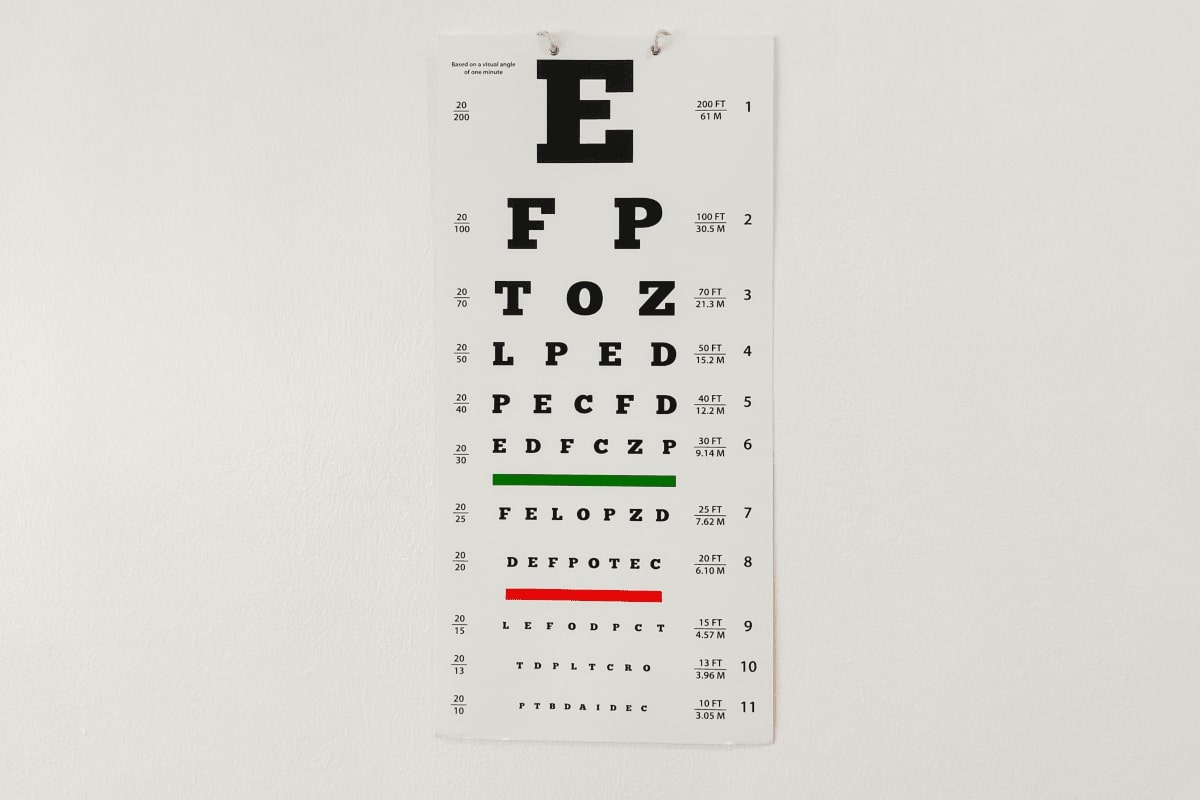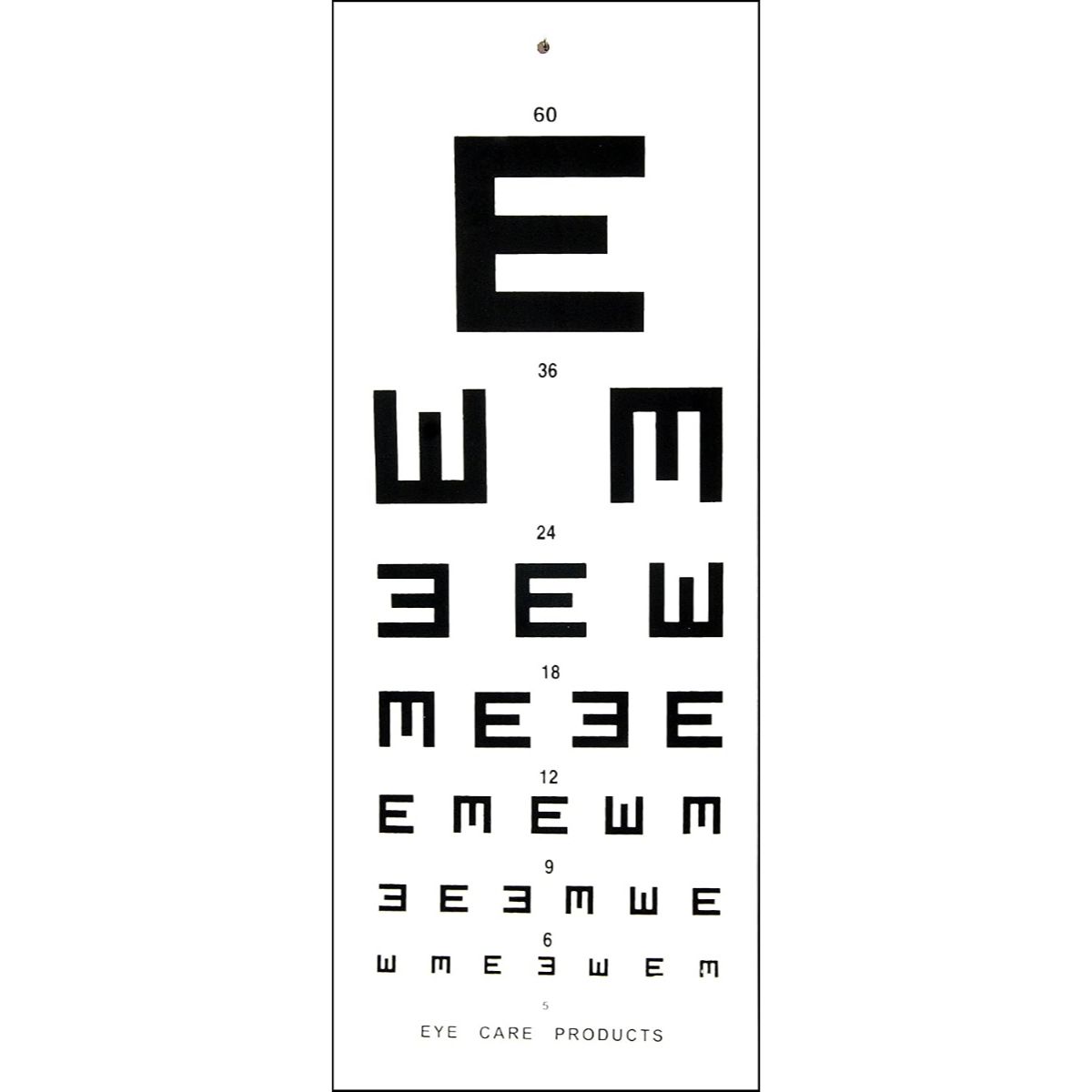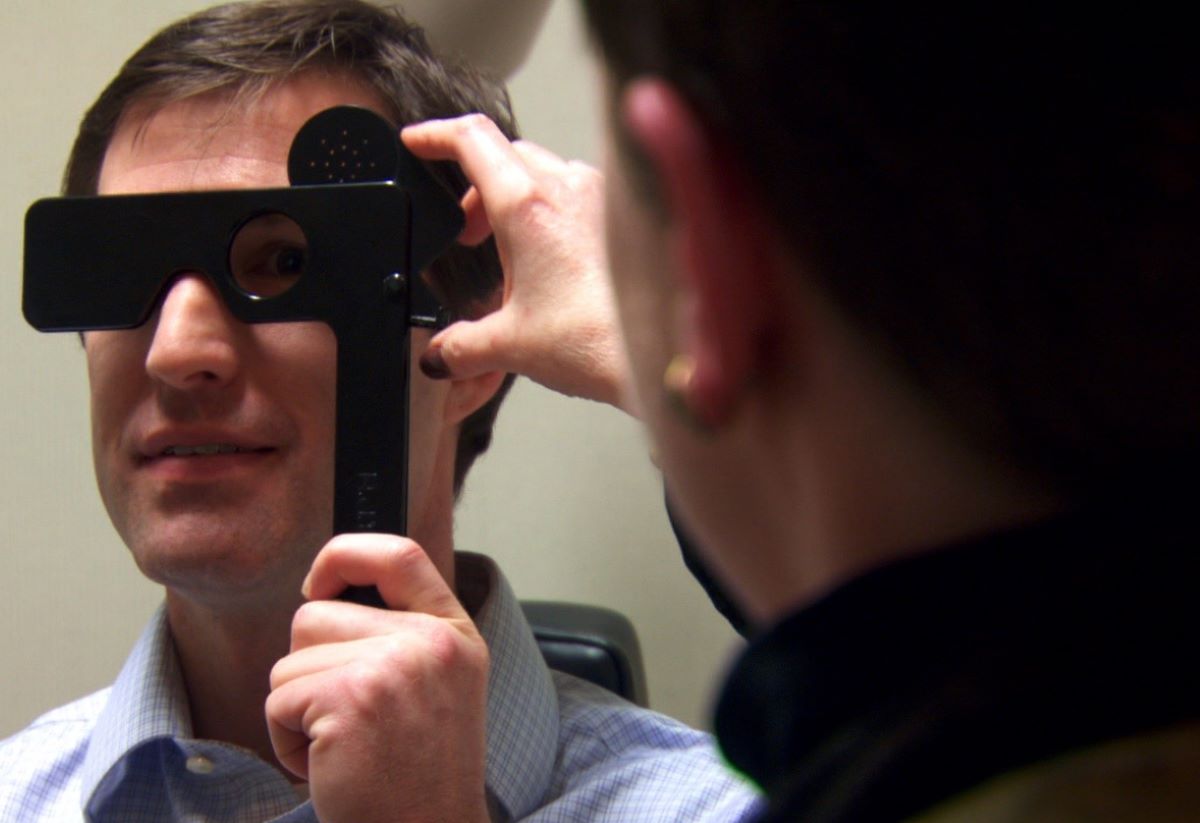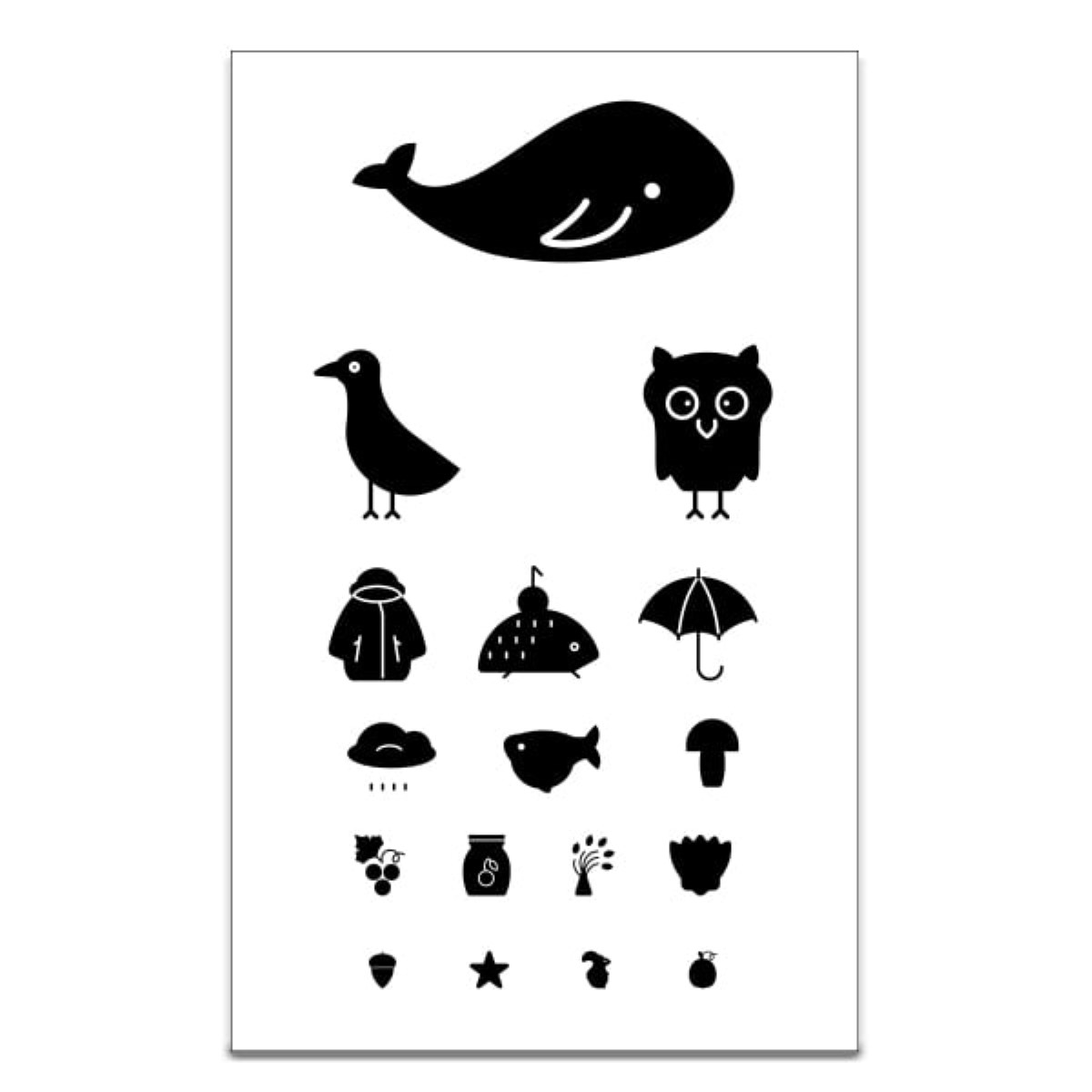What is a Visual Acuity Test?
One of the most crucial tests performed during an eye exam is the visual acuity test. This helps your eye doctor determine if your vision has been compromised or not.
Your eye doctor can perform different visual acuity tests, such as the very common Snellen eye chart. That’s the one with letters and numbers on it – which you’ll pretty much see in almost any eye doctor’s office!
However, if you’ve never had an eye check-up before and you don’t know what a visual acuity test is, you might have a few questions. So, read on.
What is a visual acuity test?
The term visual acuity refers to the clarity or sharpness of vision measured at a certain distance. A visual acuity test is an eye examination that measures how clearly you can distinguish shapes and details from a distance.
It’s worth noting that this test merely measures one aspect of your vision, as there are other factors that determine how well you can see including depth perception, peripheral vision, and color vision.
Visual acuity tests are also divided into a few types, which we’ll talk more about later on.
Depending on what type of test is conducted and where it can be performed by the following professionals:
- Optician
- Ophthalmic technician
- Nurse
- Optometrist
- Ophthalmologist
Additionally, other organizations such as driver’s license offices also use the visual acuity test to determine how well you can see.
If you need some help differentiating between these eye doctors – check our guide on optometrists vs ophthalmologists.
What’s the purpose of the visual acuity test?
If you’ve noticed changes in your vision, such as blurriness or difficulty seeing objects nearby or from afar clearly, then you need to take a visual acuity test.
The following is a list of vision issues that a visual acuity test can screen for:
- Nearsightedness (myopia)
- Farsightedness (hyperopia)
- Astigmatism
- Age-related farsightedness (presbyopia)
- Ophthalmologist
How often should you get your eyes tested?
Regular eye exams are key to improving and maintaining your eyes’ health, as they can help your eye care specialist with the early detection of symptoms or conditions.
Here’s a quick breakdown of how often you should get your eyes checked, depending on your age.
- Children aged between 6 and 12 monthsIssues can arise in one’s eyes from childhood, so getting them checked early on is integral to healthy development. The American Optometric Association (AOA) recommends getting children’s eyes checked at least during this period of time.
- Children under 18 yearsThey should get their eyes checked every one to two years.
- Adults between 18 and 40 yearsThey should get their eyes checked at least once every two years.
- Adults between 55 and 64 yearsThey should get their eyes checked every one to three years.
- Adults older than 65They should get their eyes checked once a year.
If you wear glasses, contacts, or any form of visual aid, it’s best to get your eyes checked every 1 to 2 years to ensure your prescription is up to date.
The same frequency applies if you have any of the following conditions: diabetes, glaucoma, cataracts or age-related macular degeneration (AMD).
When in doubt, always consult your eye doctor about how often you should check in. Before your visit, here’s a more detailed guide to eye exams for your reading pleasure.
What types of visual acuity tests are there?
Snellen eye chart
If you’re somewhat familiar with what a visual acuity test is, this is probably the first thing that comes to mind.
The Snellen eye chart uses a chart with letters, numbers, and symbols, and you’ve likely seen one in your school’s nurse’s office or eye doctor’s office. The characters come in different sizes which are arranged in rows and columns.
How it works is that your eye care specialist will get you to view the chart from 20 feet away to determine how well you can see from a distance. They’ll ask you to cover one eye and read out the letter you can see with your uncovered eye. The same process will then be repeated with your other eye. The test ends when you can no longer accurately distinguish the letters you’re reading.
Random E
In the random E test, you must determine which direction the letter “E” is facing. To do so, you need to point in the direction the letter is facing when you are looking at it on a chart or projection: up, down, left, or right.
Pinhole visual acuity test
This test is used specifically for diagnosing nearsightedness and farsightedness, otherwise known as myopia. You’ll be asked by your eye doctor to cover one of your eyes with a paddle, just like the one you’d use for a standard Snellen eye chart test.
The main difference with the paddle used in the pinhole visual is that it has one or a few tiny holes in it. Instead of covering your eye to read a chart, you’ll use the covered eye to look through the pinholes. Looking through the pinhole helps your eye care doctor determine whether your reduced vision is caused by a refractive error such as myopia or hyperopia.
Simplified test for children
You can find a variety of simplified tests for children. Some eye care providers give flashcards with symbols or letters, which children then have to match on the chart. Some can also be given a Snellen eye chart that features animals and symbols in lieu of symbols and numbers.
These types of tests make it easier for children and keep them from being too overwhelmed.
How to interpret your visual acuity test results
Fractions are used to express visual acuity, which is why you may have seen the number 20/20 floating around. If you have 20/20 vision, it means you can see objects clearly from a distance of 20 feet, which is considered normal. If you have a vision of 20/60, you need to be 20 feet away to see an object that people can normally see from 60 feet away.
If your vision goes over 20/20, it may mean you may need corrective measures in the form of glasses, surgery, or contact lenses.
However, as mentioned earlier, having 20/20 vision doesn’t mean you can see perfectly. Visual acuity is only one of the few factors that affect your vision. For instance, you can have 20/20 vision but not have excellent peripheral vision.
What to expect after a visual acuity test
Once you’ve finished your visual acuity test, your eye doctor will give you the necessary recommendations.
If it’s your first time undergoing a visual acuity test, you may be recommended a variety of visual aids such as eyeglasses, contacts, or surgery. From there, your doctor will determine which option works best for you depending on your needs, lifestyle, and preferences.
If you’re someone who is already wearing a form of vision correction, your eye care provider will update your prescription. In this case, you may need to get new glasses or contact lenses.
Glasses and contacts are available in a variety of lenses, so here are the types of lenses as well as the vision issues they cater to.
Now you know all about visual acuity tests!
The visual acuity test is a great, tried-and-tested way to measure how well you can see from a distance. However, it’s important to remember that they don’t measure your overall vision, so don’t be disheartened if you don’t have 20/20 vision.
Before we leave you, here’s a reminder to get your eyes checked regularly, or as soon as possible if you see any changes in your vision or suspect something amiss. Prevention is better than cure may be a cliché, but it is one that could save your life.

Written by:
Shu Kie














